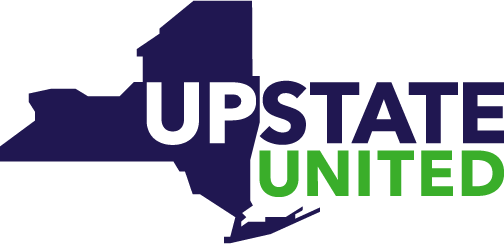No Agreement on Revenue Forecast, Comptroller Decides
March 12th, 2019
The end of last week marked the deadline for a consensus revenue forecast, reached by three-way negotiated agreement between the Governor, Assembly, and Senate. The revenue forecast is the foundation of the state budget, it is an agreement between the parties on how much money is available to spend in the upcoming spending plan. State law requires an agreement to be reached by a specific time, if an agreement is not reached, the State Comptroller is empowered to make the decision. Late last week, the three sides were unable to reach an agreement by the deadline and as a result the decision was kicked to the comptroller.
Robert Mujica, the State Budget Director, issued a statement regarding the failure to reach an agreement by the deadline:
“The Governor has said that the challenge for this budget is dealing with the fiscal realities of revenue shortfalls and an unstable economy. At our revenue forecasting conference, independent nationally recognized economists, including those invited by the Legislature, warned of a slowing economy. The Federal SALT tax changes are hurting our economy and limiting our revenue raising options in the event of a recession.
“The revenue forecast is an essential starting point for the State budget, and the Senate, Assembly and Executive do not agree on a revenue estimate, with the Senate insisting on much higher revenues than the Assembly or Executive. By law, we now turn to the Comptroller for a binding revenue estimate.
“While the budget discussion always has differing political priorities and opinions, facts are still facts and numbers are still numbers and the numbers must govern a legitimate budget. The Governor has said getting the budget done on time is important but it is more important to get the budget right. Because of our record of prudent budgeting, we have never had to do a mid-year budget correction, and we are not about to start now.”
On Tuesday, the Comptroller set revenues at $190 million more, over a two year period, than the figure the Governor used for drafting his 30-day amendments. The Comptroller determined his revenue number based on even more recent receipt data than was used to determine the shortfall reflected in the 30-day amendments. In a statement released after the publication of the Comptroller’s revenue forecast, Governor Cuomo’s Budget Director said they agreed with the Comptroller’s conservative estimate and further agreed with the Comptroller’s positon that the money should be placed in reserves to protect against future revenue shortfalls in the wake of testimony from economists on the potential for recession in the coming years.
